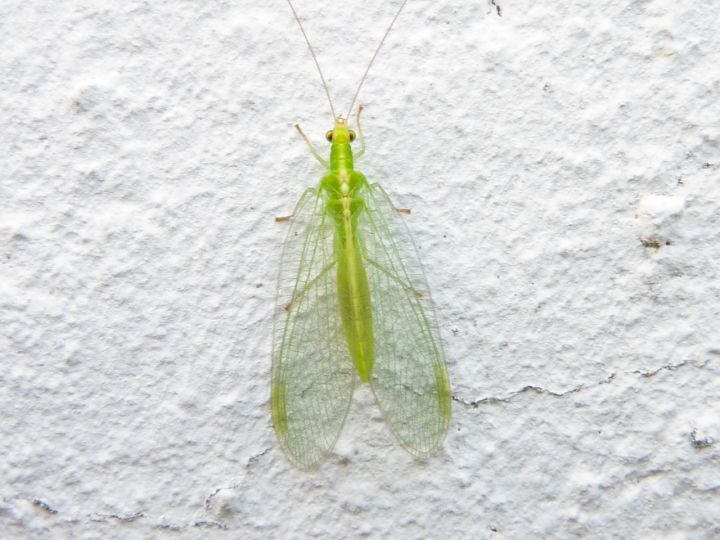Beneficial Bugs for Your Garden
May 10, 2016 | By webadmin
Beneficial insects are nature’s way of controlling and balancing insect populations. Beneficial insects will hunt and consume the bugs you don’t want, such as aphids, scale and mealybugs. If you use chemical pesticides in your landscape, it can be tough to keep a healthy population of beneficial insects. If you’re looking to control pest infestations naturally, here are few favorite insects you’ll want to invite into your garden:
Beneficial Nematodes: These soil-dwellers are microscopic in size but defend your garden in big ways from various insects. Nematodes are mixed with water and then sprayed onto your lawn and garden beds. Insects these nematodes help control include: Cutworms, grubs, fleas, and Japanese beetles. Nematodes kill their host by entering their bodies at natural openings and releasing deadly bacteria.
Ladybugs: They are one of the largest predators of aphids in the garden. Ladybugs consume aphids throughout larval and adult stages. Aphids are one of the most difficult insects to control, especially with insecticides. Aphids quickly build resistance to chemicals applied to control them. Make sure your garden is a good habitat for Ladybugs with a good diversity of plants and shelter. This is important because the larval stage of the Ladybug consumes more aphids than during the adult stage.

Trichogramma Wasps: These parasitic wasps are great for controlling more than 200 varieties of caterpillar pests in trees and in your garden. They are extremely small in size, 1/50th of an inch and reproduce quickly. Spring is the best time to release these wasps as other insects begin laying eggs. Trichogramma wasps kill their host by depositing their eggs, in the eggs of their host. As the larva grows, it consumes the larva of the host thus interrupting the life cycle. These insects mature quickly, in most cases maturing after only one week.
Lacewings: Just as with Ladybugs, Lacewings are a great predator in their larval stage. Nicknamed Aphid Lions, Lacewings consume nearly 200 soft bodied pests per week which includes aphids, mealybugs, scale, spider mites, caterpillars, and various insect eggs during their larval stage, which lasts about 2-3 weeks. After the larva pupates, it takes about 5 days for it to mature into an adult Lacewing.

Predatory Mites: Spider mites are one of the most difficult insects to eradicate. Predatory mites are a great way to keep mites under control in your operation. When introduced, the predatory mites begin feeding, but it takes about 2-3 weeks to establish a good population. So, it’s best to use a horticultural oil treatment on the existing spider mite infestation first, then release predatory mites to keep things under control.
If you garden naturally, introducing and encouraging healthy beneficial insect populations is a great way to keep your landscape in balance and your plants healthy.
